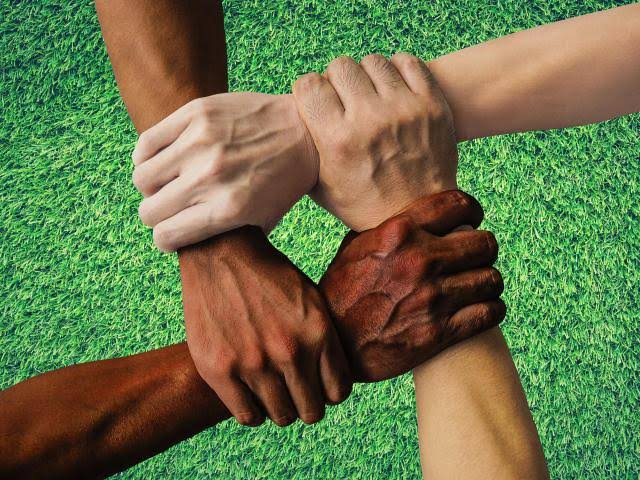Hello
Assalamualaikum all my friends I am Asad and am here to share this post to all of you because I need some peace to share this post to all of you so I want to share this passage to all of you am very disappointed to suffering in these days.
Today, the misery of war is all too striking in places such as Syria, Yemen, Tigray, Myanmar and Ukraine. It can come as a surprise to learn that there are scores of sustainably peaceful societies around the world, ranging from indigenous people in the Xingu River Basin in Brazil to countries in the European Union. Learning from these societies, and identifying key drivers of harmony, is a vital process that can help promote world peace.
Unfortunately, our current ability to find these peaceful mechanisms is woefully inadequate. The Global Peace Index (GPI) and its complement the Positive Peace Index (PPI) rank 163 nations annually and are currently the leading measures of peacefulness. The GPI, launched in 2007 by the Institute for Economics and Peace (IEP), was designed to measure negative peace, or the absence of violence, destructive conflict, and war. But peace is more than not fighting. The PPI, launched in 2009, was supposed to recognize this and track positive peace, or the promotion of peacefulness through positive interactions like civility, cooperation and care.
Yet the PPI still has many serious drawbacks. To begin with, it continues to emphasize negative peace, despite its name. The components of the PPI were selected and are weighted based on existing national indicators that showed the “strongest correlation with the GPI,” suggesting they are in effect mostly an extension of the GPI. For example, the PPI currently includes measures of factors such as group grievances, dissemination of false information, hostility to foreigners, and bribes.

The index also lacks an empirical understanding of positive peace. The PPI report claims that it focuses on “positive aspects that create the conditions for a society to flourish.” However, there is little indication of how these aspects were derived (other than their relationships with the GPI). For example, access to the internet is currently a heavily weighted indicator in the PPI. But peace existed long before the internet, so is the number of people who can go online really a valid measure of harmony?
The PPI has a strong probusiness bias, too. Its 2021 report posits that positive peace “is a cross-cutting facilitator of progress, making it easier for businesses to sell.” A prior analysis of the PPI found that almost half the indicators were directly related to the idea of a “Peace Industry,” with less of a focus on factors found to be central to positive peace such as gender inclusiveness, equity and harmony between identity groups.
A big problem is that the index is limited to a top-down, national-level approach. The PPI’s reliance on national-level metrics masks critical differences in community-level peacefulness within nations, and these provide a much more nuanced picture of societal peace. Aggregating peace data at the national level, such as focusing on overall levels of inequality rather than on disparities along specific group divides, can hide negative repercussions of the status quo for minority communities.

Bottom-up and top-down assessments. Currently, the Sustaining Peace Project is applying techniques such as natural language processing and machine learning to study markers of peace and conflict speech in the news media. Our preliminary research suggests that linguistic features may be able to distinguish between more and less peaceful societies. These methods offer the potential for new metrics that can be used for more granular analyses than national surveys.
We have also been working with local researchers from peaceful societies to conduct interviews and focus groups to better understand the in situ dynamics they believe contribute to sustaining peace in their communities. For example in Mauritius, a highly multiethnic society that is today one of the most peaceful nations in Africa, we learned of the particular importance of factors like formally addressing legacies of slavery and indentured servitude, taboos against proselytizing outsiders about one’s religion, and conscious efforts by journalists to avoid divisive and inflammatory language in their reporting.
Today, global indices drive funding and program decisions that impact countless lives, making it critical to accurately measure what contributes to socially just, safe and thriving societies. These indices are widely reported in news outlets around the globe, and heads of state often reference them for their own purposes. For example, in 2017, Honduran President Juan Orlando Hernandez, though he and his country were mired in corruption allegations, referenced his country’s positive increase on the GPI by stating, “Receiving such high praise from an institute that once named this country the most violent in the world is extremely significant.” Although a 2019 report on funding for peace-related projects shows an encouraging shift towards supporting positive peace and building resilient societies, many of these projects are really more about preventing harm, such as grants for bolstering national security and enhancing the rule of law.
